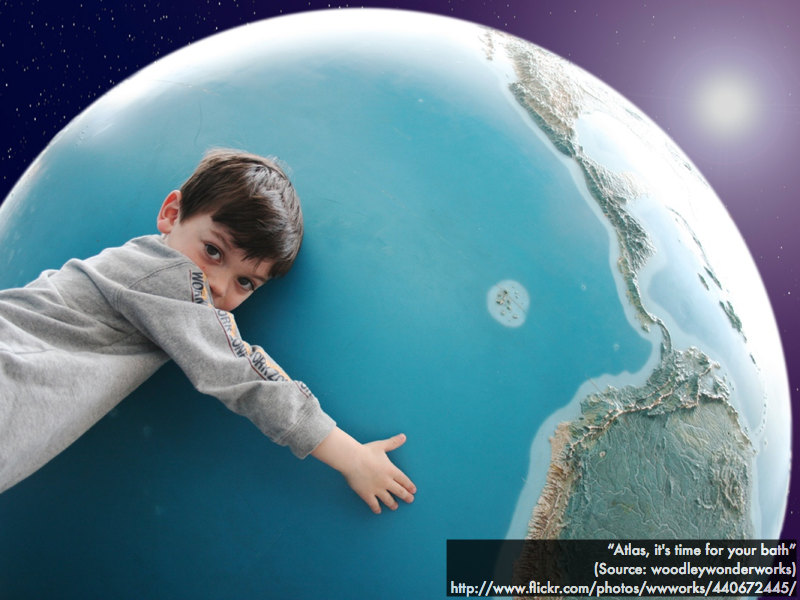Cuesta College, San Luis Obispo, CA
Students are assigned to read online articles on current astronomy events, and take a short current events quiz during the first 10 minutes of lab. (This motivates students to show up promptly to lab, as the time cut-off for the quiz is strictly enforced!)
Gianrico Filacchione, Fabrizio Capaccioni, and Matt Taylor, "Rosetta and the Chameleon Comet" (February 5, 2020)The European Space Agency's Rosetta spacecraft images show how comet 67P/Churyumov-Gerasimenko changed __________ as it passed near the sun.
esa.int/Science_Exploration/Space_Science/Rosetta/Rosetta_and_the_chameleon_comet
(A) colors.
(B) density.
(C) trajectory.
(D) solar flares.
(E) rotation rate.
Correct answer: (A)
Student responses
Sections 30679, 30680
(A) : 36 students
(B) : 1 student
(C) : 0 students
(D) : 1 student
(E) : 0 students
















